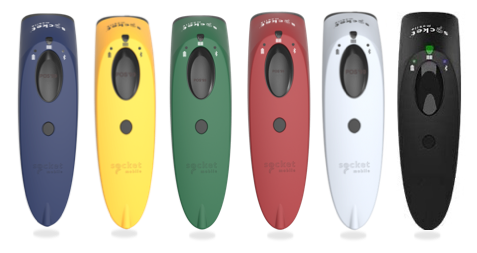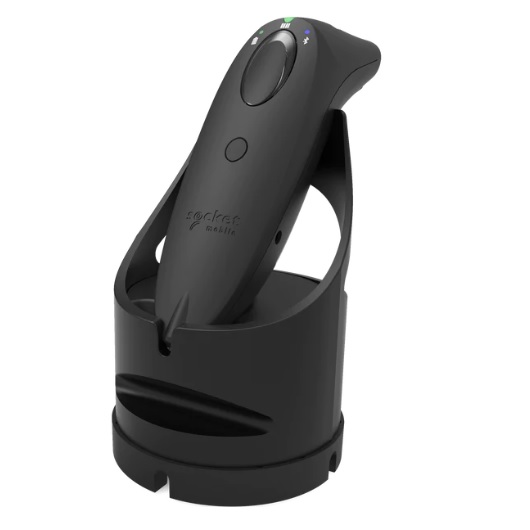The New SocketScan S720 1D and 2D Barcode Scanner

The New SocketScan S720 1D and 2D Barcode Scanner
GS1, the global standards organisation for barcodes, has recently made the transition from 1D to 2D barcodes. This change marks a significant improvement in the way products are identified and tracked throughout the supply chain. 1D barcodes, also known as linear barcodes, have been in use since the 1970s. They consist of a series of vertical lines of varying thickness and spacing that can be read by a barcode scanner. While 1D barcodes have served the industry well for many years, they have their limitations. For example, they can only hold a limited amount of information, typically up to 20 characters.
This means that they are not suitable for encoding large amounts of data such as serial numbers or product descriptions. 2D barcodes, on the other hand, can hold much more information than 1D barcodes. They use a matrix of dots, squares, and other shapes to encode data in both the horizontal and vertical directions. This means that they can hold up to thousands of characters of data, making them ideal for encoding complex product information.
The transition to 2D barcodes will have a significant impact on the supply chain. With the ability to encode more data, 2D barcodes will allow for more accurate and efficient tracking of products from manufacturer to consumer. They will also enable retailers to better manage their inventory and reduce the risk of stock-outs or overstocking. In addition to their increased functionality, 2D barcodes also offer improved security features. They can be encrypted to protect sensitive information, and they can include error correction codes to ensure that the data is read correctly even if the barcode is damaged or distorted.
Overall, the transition from 1D to 2D barcodes represents a major step forward for the industry. As more and more companies adopt 2D barcodes, we can expect to see increased efficiency, accuracy, and security in the supply chain.
The new SocketScan S720 1D and 2D Bluetooth Barcode Scanner is the perfect scanner to transition away from the S700 scanner by 2027, as it will be compatible with the same applications as the S700.

